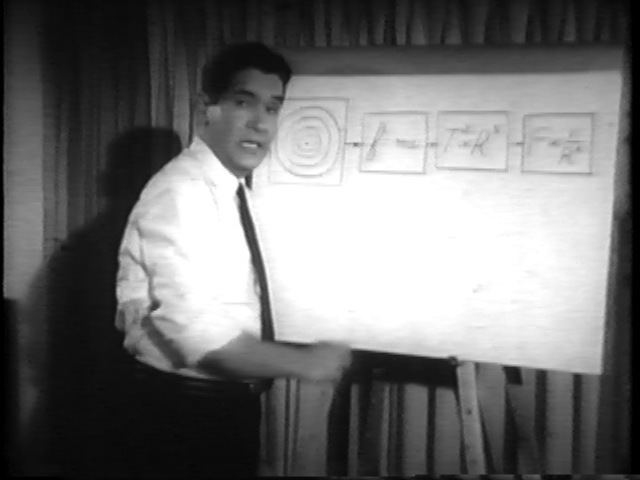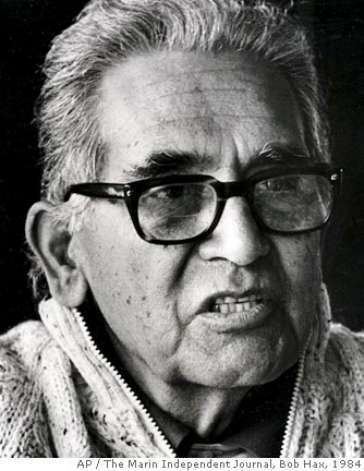Nationality United States Role Physicist Name Albert Baez | Grandchildren Gabriel Harris | |
 | ||
Known for X-ray microscopyPhysics educationPacifist Notable awards Dennis Gabor Award (1991) Spouse Joan Bridge (m. 1936–2007) Children Joan Baez, Mimi Farina, Pauline Baez Books The new college physics, Innovation in science education, world-wide | ||
Doctoral advisor Paul Kirkpatrick Died Died March 20, 2007(aged 94), Redwood City, California, United States Similar Joan Baez, Mimi Fariña, Richard Fariña | ||
Elliptic orbits explained by albert baez
Albert Vinicio Báez (; November 15, 1912 – March 20, 2007) was a prominent Mexican-American physicist, and the father of singers Joan Baez and Mimi Fariña. He was born in Puebla, Mexico, and his family moved to the United States when he was two years old because his father was a Methodist minister. Baez grew up in Brooklyn and considered becoming a minister before turning to mathematics and physics. He made important contributions to the early development of X-ray microscopes and later X-ray telescopes.
Contents

Early life
Baez's father was a Methodist minister who had left Catholicism when his son was two. During his youth, Baez contemplated the ministry.
Baez earned degrees in mathematics from Drew University (BS, 1933) and Syracuse University (MS, 1935). He married Joan Chandos Bridge, the daughter of an Episcopalian priest, in 1936. The couple became Quakers. The two had three daughters (Pauline, Joan and Mimi), then moved to California: Baez enrolled at Stanford's doctoral program in physics. In 1948, Baez co-invented, with his doctoral program advisor, Paul Kirkpatrick, the X-ray reflection microscope for examination of living cells. This microscope is still used in medicine. Baez received his Ph.D. in physics from Stanford in 1950. After his graduation, Baez developed concentric circles of alternating opaque and transparent materials to use diffraction instead of refraction to focus X-rays. These "zone plates" proved useful and even essential decades later only with the development of sufficiently bright, high intensity, synchrotron X-ray sources.
Academic life
As the Cold War intensified in the 1950s, Baez's talent was in high demand in the burgeoning arms race, yet his family's pacifism moved him to refuse lucrative defense industry positions, and he devoted himself instead to education and humanitarianism.
From 1950 to 1956, he held a professorship at the University of Redlands, where he continued his X-ray research. Baez took leave for a year to work with UNESCO in 1951, and stationed his family in Baghdad to establish the physics department and laboratory at Baghdad University. In 1959, Baez accepted a faculty position at MIT, and moved his family to the Boston area. In 1960, working with the Smithsonian Astrophysical Observatory in Cambridge, he developed optics for an X-ray telescope. Later that year he moved his family to Claremont, California, where he joined the faculty at Harvey Mudd College. From 1961 to 1967, he directed science teaching for UNESCO in Paris.
Baez was the author of the textbook The New College Physics: A Spiral Approach (1967). He was the co-author of the textbook The Environment and Science and Technology Education (1987), and the memoir, A Year in Baghdad (1988), written with his wife Joan. Dr. Baez made nearly a hundred films on physics from 1967 to 1974 for the Encyclopædia Britannica Educational Corp. Baez chaired the Commission on Education of the International Union for Conservation of Nature and Natural Resources from 1979 to 1983.
On 22 June 1974, the British Open University awarded Baez an honorary degree as Doctor of the University.
Retirement
After his retirement, Baez periodically gave physics lectures and served as the president of Vivamos Mejor/USA, an organization initiated in 1988 with the aim of supporting impoverished communities in Mexico. The organization's initiatives encompass preschool education, environmental efforts, and various community and educational programs. In 1991, the International Society for Optical Engineering awarded him and Kirkpatrick the Dennis Gabor Award for pioneering contributions to the development of X-ray imaging microscopes and X-ray imaging telescopes. In 1995, the Hispanic Engineer National Achievement Awards Corporation (HENAAC) established the Albert V. Baez Award for Technical Excellence and Service to Humanity. Baez himself was inducted into the HENAAC Hall of Fame in 1998.
Baez was the father of folk singers Joan Baez and Mimi Fariña, and Pauline Bryan; he also was the uncle of mathematical physicist John Baez. He had three grandchildren and one great-granddaughter. He died of natural causes March 20, 2007 at age 94 in the Redwood City care home where he had lived for the prior three years. Baez had been divorced from his wife, Joan Bridge Baez, for several years, at the time of his death. (According to the singer Joan Baez, speaking at the 2009 Newport Folk Festival, her parents married each other a second time before his death.) His obituary in the New York Times states that "his survivors include his wife, Joan Bridge Baez of Woodside, Calif." )
